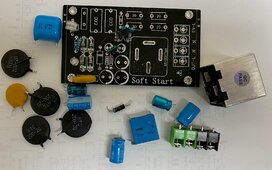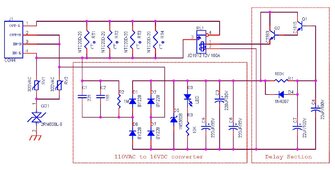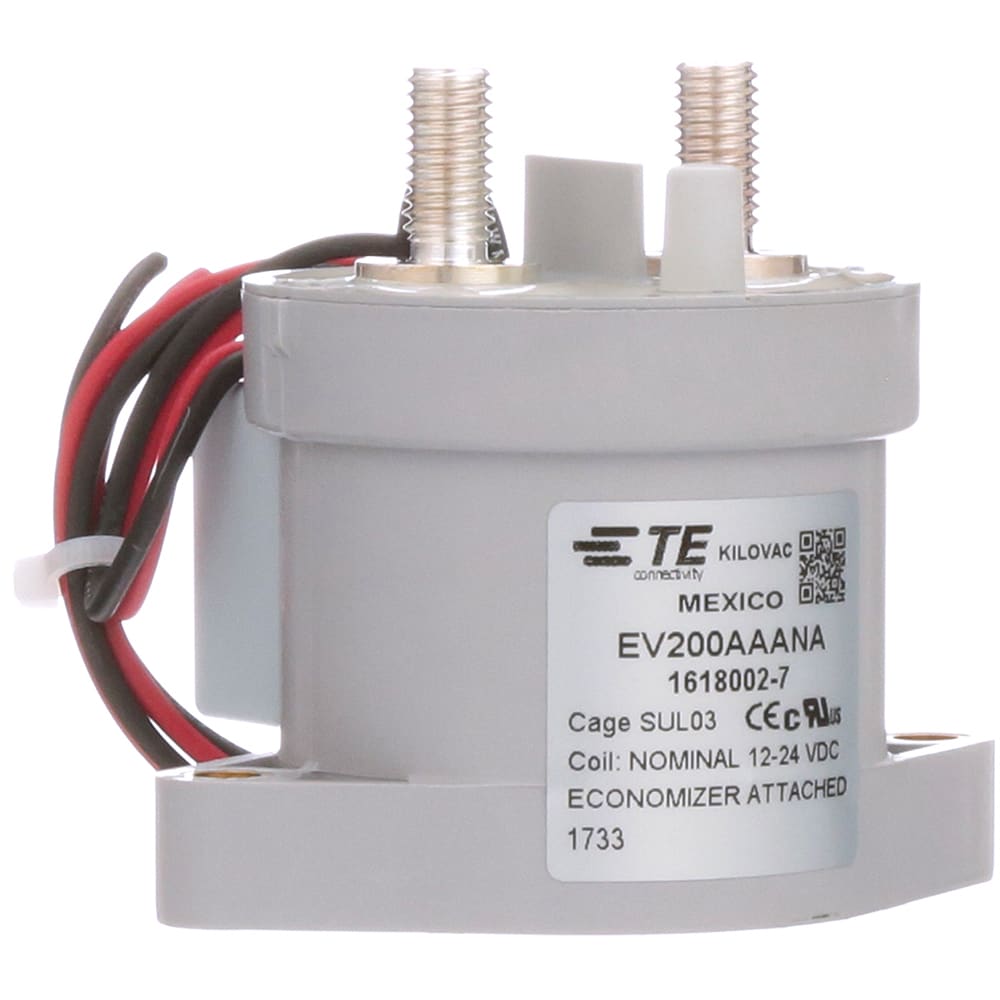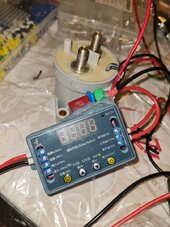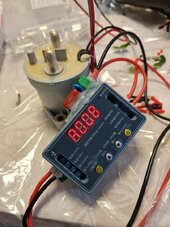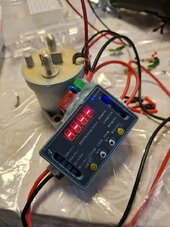My idea for automation is this (sorry no diagram yet):
Time delay relay, with NC port connected to resistor, going to inverter positive. COM port connected to 24v from battery breaker positive.
NO port connected to 125A rated DC contactor coil (that connects from breaker positive to inverter).
The time delay relay will wait for around 5 seconds since powered, and only then turn relay ON, in effect closing the DC contactor.
Meanwhile, during those 5 seconds of "OFF" time, the inverter will pre-charge.
Components that I am looking at to accomplish this:
and of course a relevant resistor.
The only issue with this specific time delay relay is, that while input voltage is up to 30v (suitable for 24v Lifepo4 battery), it's trigger signal is only up to 24v (which is basically the voltage of an almost empty 24v Lifepo4).
But, I noticed that this time delay relay also has a 5v pad on the back of the PCB (probably via an on-board voltage regulator), so I might use it to trigger the signal port when it receives power.
I hope I explained myself well. I will try to create a diagram when I get to doing so.
In my previous solar generator build (12v Lifepo4) , I also used a different time delay relay, but no contactor. As soon as I hear the relay turning off, I close another breaker going to inverter, so it's semiautomatic I guess.
But now my Dad also wants one, so I'm building a new one for him (with 24v Lifepo4) , and I want to make it fool proof. That's why I'm looking for automation.
Basically, when he needs to use the solar generator, he will just turn on the DC breaker and then after around 5 seconds, the inverter can be powered ON.








